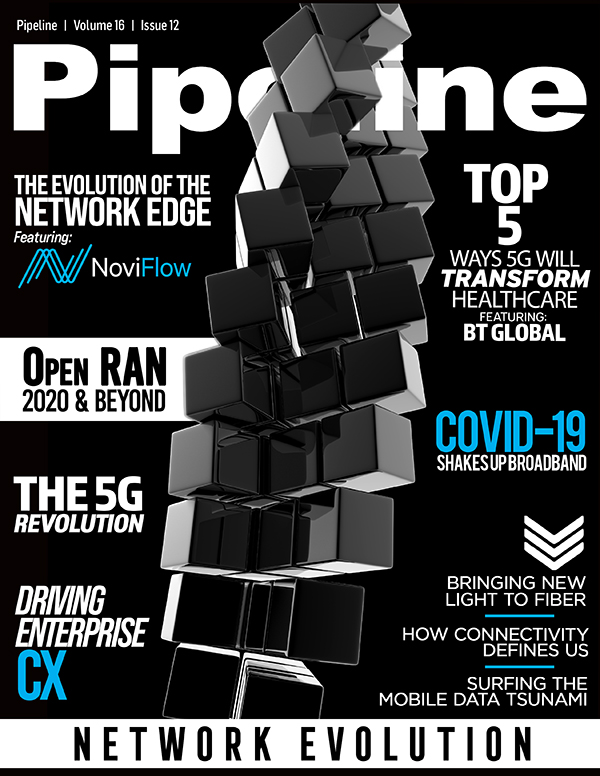How We Connect Defines Who We Are
By: Aron Smith

Industry pundits have suggested that we are living through the most significant network revolution in history. Most of the preceding societal changes enabled by print, transportation and electronic communication had significant revolutionary impacts in their respective times. In theory, the digital changes of today should really be no different.
But they are.
Connecting through history
Our own network revolution has affected every nook and cranny of our economy, as well as the way we interact and connect on a global scale. And throughout, how we connect is defined by our combined user experience. How we connect has become a definition of who we are.
From the beginning of the human experience until the Middle Ages, communication was defined by storytelling and an oral tradition. The invention of the printing press by Gutenberg was certainly a second revolution and was the earliest form of content distribution. At the time, information was unleashed at unprecedented rates via the rudimentary networks reliant upon distribution of books and printed material.
The next great network revolution occurred almost simultaneously in the mid-19th century. The introductions of both the railroad and the telegraph and later the telephone meant instantaneous communication was now possible across wide distances. Skipping ahead a century, we see that modern corporations or, for that matter most human interaction, came to rely on the marshalling and curating of these communications.
Finally, most recently, communications and information in the form of sound and video has been harnessed on a multi-point basis to connect homes, offices and automobiles over the last three decades. By reaching citizens on a point-to-multipoint basis, broadcasting overcame the inefficiency of previous point-to-point systems. Connecting the nation’s homes, offices and automobiles, over-the-air services created a global platform for shared human experiences, user expectations and the user experience.
Another mini-revolution is the pace at which user expectations have evolved. It took well over 60 years for less than half of people in advanced economies to adopt the revolutionary technology we call the telephone, but only 10 years for the same percentage to adopt the smartphone. Now, 76 percent of people in advanced economies own a smartphone.
Over the last couple of decades, the digital revolution has directly contributed to the size and scale of organizations (including network providers) as well as contributed to the ability for smaller players to take on the larger ones—all good things.
This thumbnail history shows that the power of the network has never been the network itself, but what the network’s connections enable. And it is these networks that redefine economies and reshape individual lives. Network technology takes us along for the ride on its path of technological advancement, acceleration and low latency.
High-end user expectations
Wireless distribution of digital information represented the first time in history that the user commanded the information he or she needed. Mobile information retrieval and its proximity to the network, sometimes via Edge computing, for example, empowers the user to order the delivery of whatever information he or she wants to the place where it may be most productively consumed.
In the digital age, innovative enterprises win big by rethinking how to deliver the best experience for their users. For an enterprise to maintain its competitive edge, user experience is everything—whether in streaming a video, a business application, mobile app, cloud-based game, or on devices. Today’s users also demand speed: they want to be able to leverage the latest technologies, including the most power-intensive ones, and they want them to be available wherever and whenever they want.
Against this backdrop—and especially as working from home has become more commonplace as the ‘new edge’—industries that had not previously embraced next-generation technologies are now seeking to move swiftly into digitization. However, while the digital economy is rapidly creating new business opportunities, it also brings specific challenges. Technologies such as IoT, Artificial Intelligence (AI) and machine learning, augmented and virtual reality (AR/VR), and robotics are increasingly being deployed to help companies gain a competitive advantage and remain relevant.



















